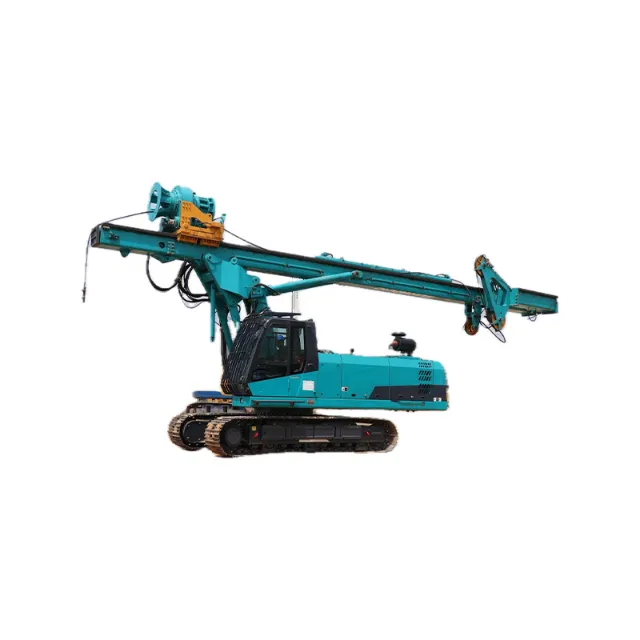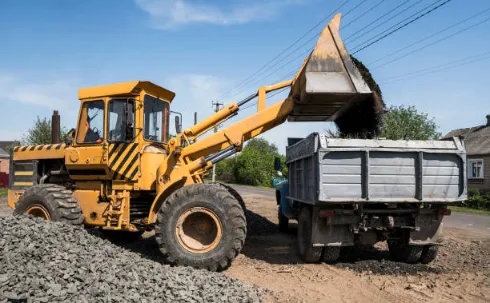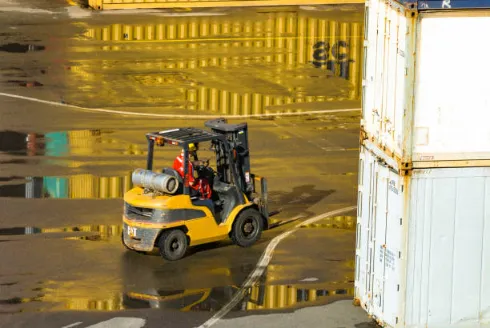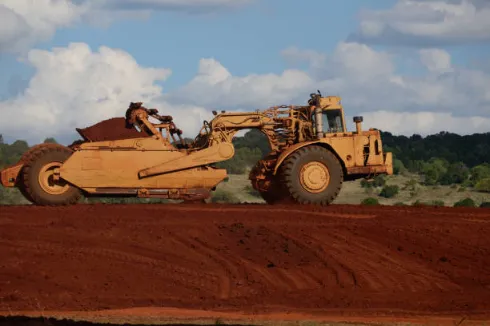Identifying Common Hydraulic Cylinder Issues
Leaks in Hydraulic Cylinders
Leaks rank among the top issues with hydraulic cylinders. They often stem from worn seals, damaged rods, or poorly fitted parts. Even tiny leaks can hurt performance. They cause lower pressure and less efficiency. Fluid escaping outside usually points to seal damage. Internal leaks are trickier to spot. They may lead to slow motion or weaker power.
Leaks waste fluid and reduce system strength. They also risk contamination. Fixing them quickly is vital. A hydraulic cylinder repair can address these problems. It restores function without replacing the whole unit.
Bent or Damaged Rods
Rods in hydraulic cylinders can bend or get damaged. This happens under too much force or bad alignment. A bent rod makes extending or retracting rough. It can harm seals and other parts. Overloading or careless handling often causes this.
A damaged rod weakens the whole system. It risks bigger failures if ignored. A hydraulic cylinder repair can fix or replace the rod. This keeps the cylinder working smoothly.
Overheating of Hydraulic Systems
Overheating hits when systems run hot for too long. High pressure without cooling causes it. Heat thins hydraulic fluid. This cuts its ability to work well. It hurts cylinder performance. It also wears parts faster. Overheating can lead to system breakdowns.
Keeping systems cool is key. Regular checks help spot heat issues early. Proper fluid choice matters too. Overheating is a common issue needing hydraulic cylinder repair to prevent damage.
Seal Failures and Their Causes
Seals often fail in hydraulic cylinders. Dirt or debris can cause this. So can poor setup or too much pressure. Extreme heat or wrong fluids also harm seals. Over time, seals wear out naturally.
Failed seals lead to leaks or weak performance. They’re a frequent target for hydraulic cylinder repair. Replacing them fixes many issues. Using the right seals prevents repeat problems.
Shining Hydraulics establishes a comprehensive quality management processing to control the hydraulic product quality of every procedure—from procurement, machining, cleaning, assembly, painting, final inspection to final packaging. Shining Hydraulic was established in 2021, but our team has over 30 years of experience delivering high-quality hydraulic products to customers.

Diagnosing Problems in Hydraulic Cylinders
Recognizing Warning Signs of Malfunction
Spotting trouble early saves time and cost. Strange noises during use signal issues. Slow or jerky motion is another clue. Visible fluid leaks are clear red flags. So are uneven cylinder movements.
Watch for higher energy use too. It may mean internal wear. Operators must stay alert. Catching these signs leads to faster hydraulic cylinder repair. It keeps small problems from growing big.
Tools for Inspecting Hydraulic Cylinders
Diagnosing needs the right hydraulic cylinder tools. Pressure gauges check system levels. They spot leaks or clogs. Dial indicators measure rod straightness. Borescopes let you see inside without tearing parts apart.
These tools make checks precise. They save time and effort. Using them ensures accurate hydraulic cylinder repair. Good tools catch issues others might miss.
Common Symptoms of Wear and Tear
Wear shows in pitted rods or cracked seals. Scoring on the cylinder bore is another sign. These point to heavy use or neglect. Discolored fluid suggests contamination. It may also mean overheating.
Regular checks catch these early. They guide hydraulic cylinder repair plans. Ignoring wear leads to bigger damage. Staying proactive keeps cylinders running longer.
Repairing Hydraulic Cylinder Issues
Fixing Leaks in Hydraulic Cylinders
Leaks need quick action. First, find where they start. External leaks often come from old seals or gaskets. Replace them with matching parts for your system. Internal leaks are harder. Check piston assemblies. Swap out any worn pieces.
Using proper hydraulic cylinder tools makes this easier. Tight seals stop fluid loss. A solid hydraulic cylinder repair keeps the system strong. It prevents leaks from coming back.
Straightening or Replacing Bent Rods
Bent rods hurt system health. They must be fixed fast. Minor bends can be straightened. Special hydraulic cylinder tools do this well. Severe damage means replacing the rod.
Either way, quick repair stops further harm. A new or fixed rod restores smooth motion. This hydraulic cylinder repair is common. It saves the cylinder from worse issues.
Addressing Overheating Problems
Overheating needs careful handling. Ensure cooling systems work right. Check fluid levels often. Use fluids that match your system’s heat range. This stops heat buildup.
Heat exchangers can help too. They manage temperature better. A good hydraulic cylinder repair tackles overheating causes. It protects parts from heat damage.
Shining Hydraulic Customization Service offers custom fixes for tough hydraulic problems. They focus on quality and skill.
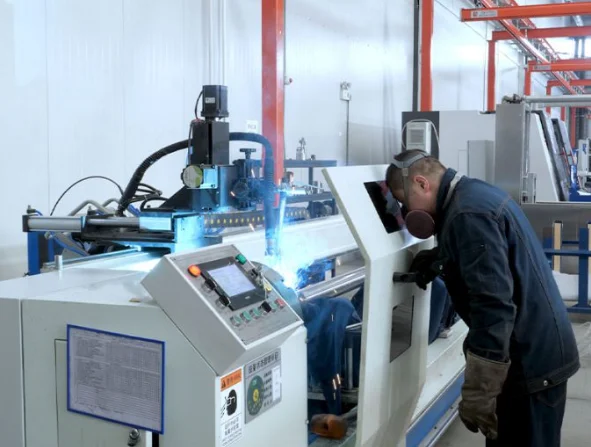
Preventative Maintenance for Hydraulic Cylinders
Regular Inspection Practices
Checking cylinders often keeps them reliable. Look for scratches or scoring on rods. These can cause seal leaks. Inspect seals and gaskets too. Cracks or wear mean trouble.
Check fluid quality regularly. Cloudy or smelly fluid signals issues. Use hydraulic cylinder tools like pressure gauges. They ensure safe system levels. Routine checks prevent big repairs. They catch problems early.
Proper Lubrication Techniques
Lubrication is key for cylinder care. It cuts friction between parts. This reduces wear and boosts life. Use lubricants that fit your system’s needs. Too much can harm seals. Too little causes friction damage.
Apply lubricant at set times. Clean lubrication points first. This stops dirt from entering. Automated grease systems can help. They ensure even application. Good lubrication supports hydraulic cylinder repair efforts.
Enhancing the Longevity of Hydraulic Cylinders
Best Practices for Operating Hydraulic Systems
Running systems right extends cylinder life. Avoid loads or pressures past design limits. This prevents strain. Ease into starts and stops. It lowers stress on seals and rods.
Manage heat well. Keep systems in their ideal temperature range. Thermal sensors help track this. They catch overheating early. Train operators on proper use. Skilled hands spot issues fast. This cuts damage and speeds hydraulic cylinder repair.
Upgrading Components for Better Performance
Better parts improve cylinders. Swap standard seals for tougher ones. Advanced materials handle heat and pressure better. Coated rods resist rust and pitting. They last longer in harsh settings.
Smart sensors add value too. They track pressure and temperature live. This guides maintenance. It cuts downtime. Upgrades like these boost hydraulic cylinder repair results. Shining Hydraulic has a professional technical certification, will make you feel the value of money.
Frequently Asked Questions
What are key hydraulic cylinder tools for maintenance?
Pressure gauges, dial indicators, borescopes, and seal kits. They ensure precise checks and repairs.
How often should I check hydraulic cylinders?
Inspect monthly for heavy use. Look for leaks or wear. Service yearly for fluid and lubrication.
Do upgrades help cylinder performance?
Yes. Better seals or rods improve durability. They handle tough conditions well.
What causes system overheating?
High pressure without cooling. Low fluid levels also contribute.
For advanced hydraulic solutions from Shining Hydraulic in Yantai Economic Zone, contact us today!

